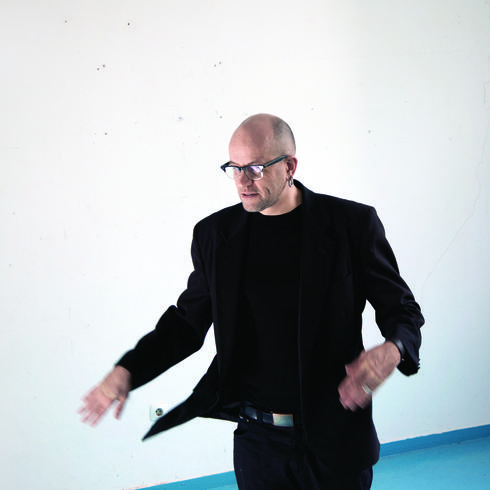
" CBM 8032 AV "
Computer graphics and sound
2023 SELECTION
- Nominated for : The Musical Composition Prize 2024
about 1h
The CBM 8032 AV project is an exploration of the beauty of simple graphics and sound, using computers from the early 1980’s. This work is about the ambivalence between a contemporary aesthetic and the usage of obsolete and limited technology from 40 years ago. Everything presented within the project could have been done already in the 1980, but it needed the cultural backdrop of today to come up with the artistic ideas driving it.
When artists began to explore computers as medium in the 1950’s, technology was limited and the resulting minimalism in expression was a necessity. Half a century later, the sight of a green cathode ray tube display that once was the promise of an exciting future, becomes nostalgic and a novelty.
The concert is running on a single CPU core with 8 bit and access to 32kByte total memory. When the audio or video routines are running, the computers do nothing else than byte by byte executing software which has been written by us. There is no black boxes, no dependencies on external frameworks, operating systems, data in the cloud, libraries, and everything else that is a necessary for even the smallest contemporary computer system. In the light of the current developments in AI and its repercussions on art production, this is a radial position.
For this project the question of authorship and of origin can be answered unambiguous, and this reflects back on both the production process and the results. This project can be updated as long as the artist is interested in doing so, and it will not change if the artist does not intend it to do. There will be no operating system updates for the computers, there will be no suddenly incompatible hardware, or third-party extensions that do not work in new contexts. This is a digital artwork which is stable, and entirely self-contained, and hence it is timeless. It allows to focus entirely on the interaction between a reduced technical structure and the artistic ideas that emerge in a dialog with the limitations.
Extrait de roberthenke.com

